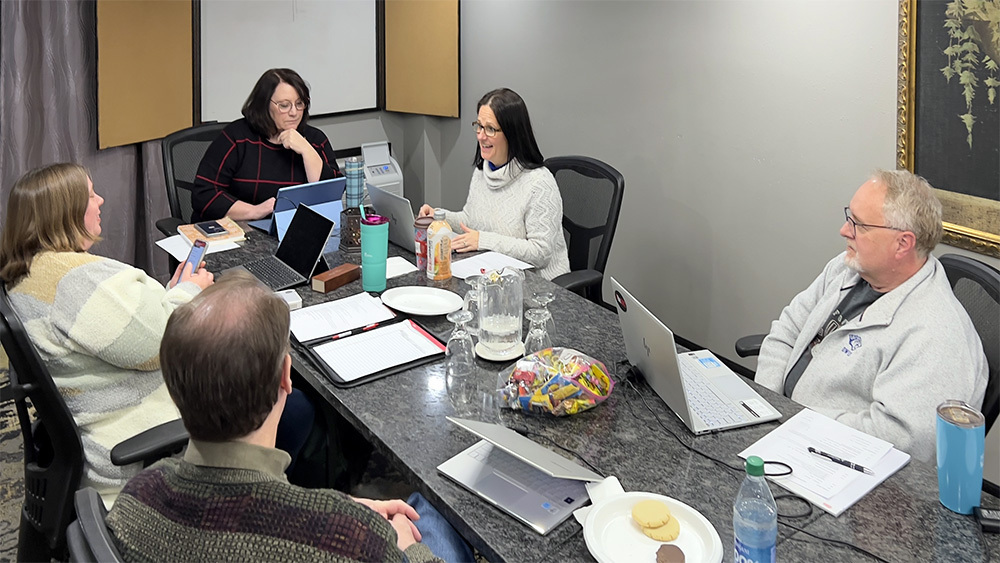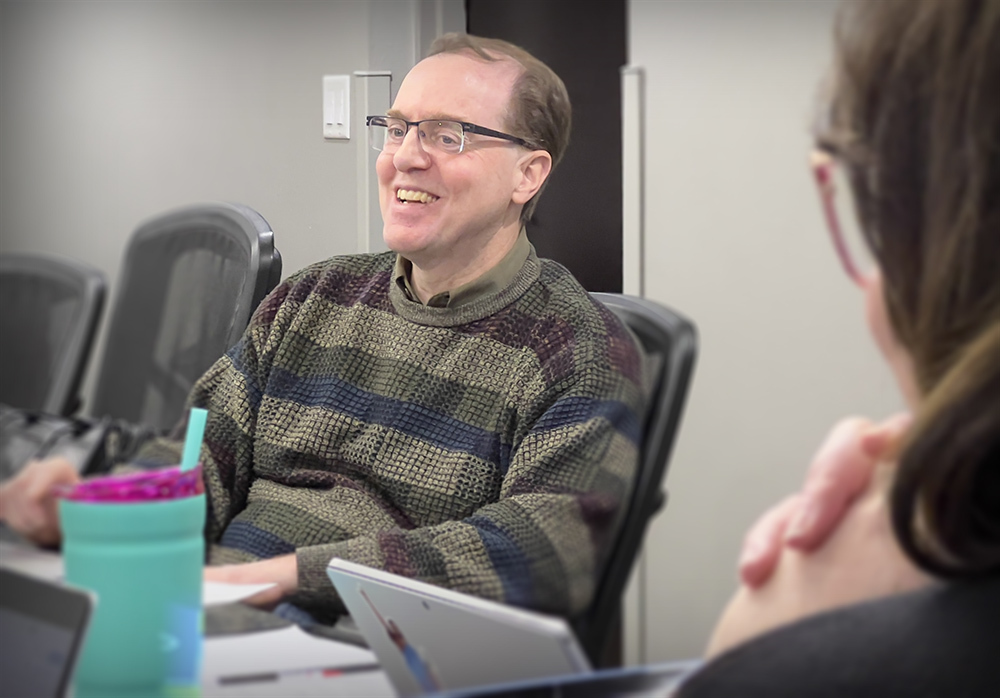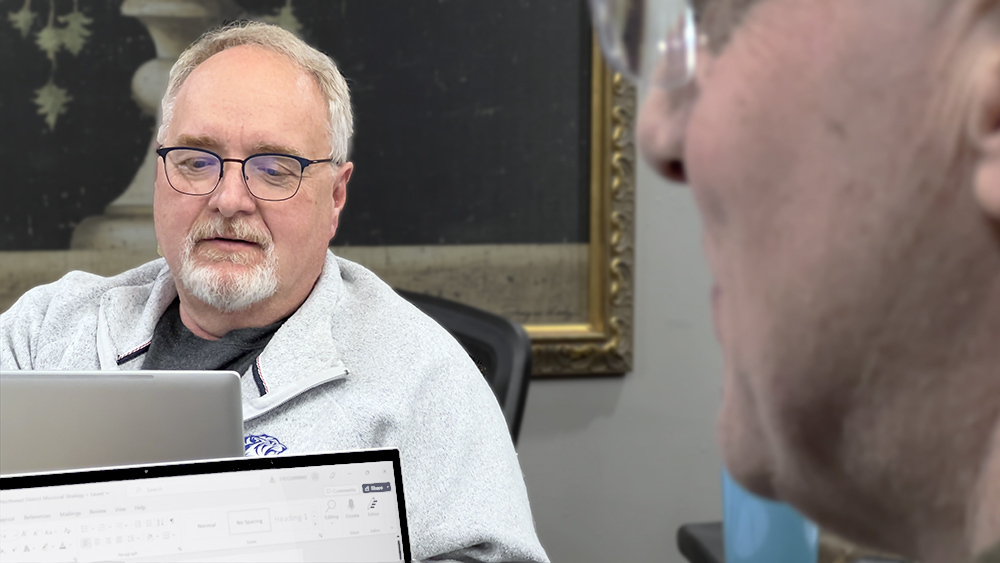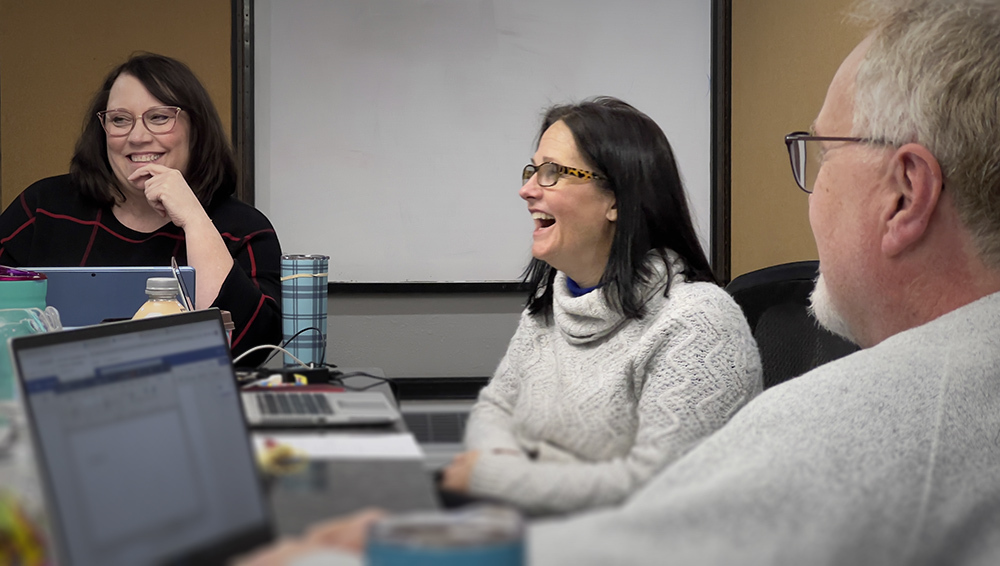
The clergy appointment process

This time of year is known as appointment season. It is a time when United Methodists across the Dakotas are preparing for transitions in pastoral leadership. What is the appointment process and how does it work?
A word about the process
Our United Methodist process of matching pastors and congregations is a "send" process; pastors are sent (appointed) to a congregation by the bishop and cabinet (the district superintendents or DS). Some other denominations have a "call" system, whereby a local congregation "calls" or hires their pastor. All systems of matching pastors and congregations have their strengths and weaknesses. Our appointment process usually includes the following strengths:
- The appointment of pastors and churches is based upon the missional needs of the church, not a process of hiring pastors who suit the preferences of the local church leadership.
- Every church is appointed a pastor and every pastor is appointed to a church. There may be a few exceptions here.
- The bishop/cabinet serve as the "search committee" to find the right pastor/congregation match.
- Pastors have freedom for preaching the gospel without fear of being "fired."
- Congregations may ask for a pastoral change without having to go through a painful "fight" to remove a pastor.
- Pastors may ask for a change of appointment without losing their job.
- Pastors may be appointed on the basis of their gifts and grace for ministry, without regard to their gender, ethnic background, or age.
- A pastor whose fitness and effectiveness for ministry are monitored by the Board of Ordained Ministry serves local congregations.
- Both the appointed pastors and the congregations to which they are appointed belong to a connection, which can provide support, training, mediation, and prayerful supervision.
- Moving costs for pastors are paid through Conference apportionments, not by the local church or the pastor.

Rev. Joel Winckler enjoys a moment with his Dakotas cabinet team.
The people involved in the appointment process
All clergy (ordained elders, ordained deacons, commissioned ministers, and local pastors) are appointed to their places of ministry by the bishop assigned to the Dakotas-Minnesota Area. The bishop works through the district superintendents, who help the bishop by supervising a portion of the Area, called a district. In addition, the Board of Ordained Ministry of the Conference (composed of laity and clergy) approves clergy for ministry, deems them appointable, monitors their fitness, and provides for their continuing education, removal from ministry, retirement, and other changes of their status. The local congregation is represented in the appointment process by the Pastor-Parish Relations Committee (PPRC) (or in larger churches it may be called the Staff-Parish Relations Committee a.k.a. SPRC) that is elected by the annual Charge Conference of the congregation.
Here is how the appointment process works:
First, we gather the information. Each year, each pastor serving a local church is scheduled to have a “one-on-one” conversation with his/her superintendent. One of the topics during that conversation is an invitation for the pastor to talk about their current and future appointment, including if they are open to a new appointment, asking for a new appointment, or to share the reasons why they would like to stay in their current appointment. Later in the fall, the pastors are asked to fill out a Stay/Move Form, and to formally designate their hopes concerning an appointment.
Also, each fall, every congregation is consulted through their PPRC/SPRC. The PPRC/SPRC is invited to also fill out a Stay/Move form to denote whether they believe it’s in the best interest of the mission of the local church to keep their current pastor, or to ask for an appointment of a new pastor. This committee is also consulted to provide a church profile when it is clear that a new pastor will be necessary because of retirement or appointment to a new location.
Clear open congregations are made known to the Dakotas-Minnesota Area pastors in December. A clear open church is one without a current pastor or one in which the pastor has formerly requested and announced their retirement or where the current pastor has been appointed to a new location. Pastors are invited to indicate their interest in clear opens by talking with the DS. These inquiries are noted and taken into consideration as appointments are made.

Rev. Dan Bader checks his computer during appointive cabinet discussions.
Next, we pray and make the best decisions. At a retreat each January, the cabinet meets to create the big picture of which churches and which pastors “need” a move. That also includes retirements, and those pastors newly entering the pool as seminary graduates or newly licensed pastors. It may also include pastors received from another Conference or, in some cases, another denomination. During this retreat, and in subsequent meetings, a great deal of prayer and time is taken to try to fit all of the pieces together taking into consideration church needs, mission focus, gifts, passions, family situations, spouse jobs, etc.
We use the image of “chains” in making appointments. An appointment chain begins with a church that has a clear opening (due to retirement or such). The superintendent meets with the PPRC/SPRC of the church to confirm the profile of the church, and to fine-tune the church’s needs in a pastor and missional opportunities in a community/context. Very often, the profile fits well with what the cabinet has estimated to be needed in each church, since it is the superintendent’s role to know the churches, the pastors, and their needs.
If the church profile is a match to what the cabinet had determined as the best pastor to serve, then the DS will contact the incoming pastor and inform them of the intention to appoint them to a new charge. The DS shares information about the church and the reasons why the bishop and cabinet believe them to be the best fit for this new appointment. The pastor is given a few days to pray, have more conversations with the DS, and to consult with their family.
We introduce the new pastor and the new charge. Once the pastor accepts the new appointment, plans are set in place to introduce them to the new congregation. An introduction meeting/visit is set up and the superintendent, new pastor, and SPRC meet as an “introduction”– not an “interview.” The bishop is responsible for each appointment, and unless there would be red flags that arise during the introduction that would cause either the cabinet, pastor, or church to have reservations, the pastor introduced becomes the new pastor to be appointed to the new charge at Annual Conference. On the rare occasion that an appointment is reconsidered due to a red flag, sometimes a new pastor is selected, but sometimes the same pastor is selected to serve.
After each new pastor is introduced, an announcement is made in both charges concerning the change, and the charge and pastor prepare to begin the new ministry relationship. Each Monday, appointments that have completed the process are posted on the Dakotas Conference website at this link.

Rev. Rebecca Trefz interacts with Rev. Kris Mutzenberger during a recent appointive cabinet meeting.
As that new appointment is made, a new clear open is also created, so a new link in the chain occurs. The process of profiling, contacting the pastor, and introducing the pastor in each new church setting is repeated until all the available pastors have an appointment.
Appointments and appointment changes are formally made at Annual Conference in June and begin on July 1 of the year. Obvious exceptions include unexpected deaths or other events that remove a pastor from their appointment between Annual Conferences.
We support the transition. PPRC/SPRC involved in the process and pastors receiving a new appointment are invited to training to help them say good-bye and welcome in healthy ways, to share logistical information about scheduling and preparing for the physical act of moving, and to prepare for a successful beginning in this new relationship. Bishop Lanette will also meet with retiring clergy and new clergy to celebrate and support through the transition.
(This article was originally written by Rev. Randy Cross while appointed as a district superintendent for the Dakotas Conference in 2017.)